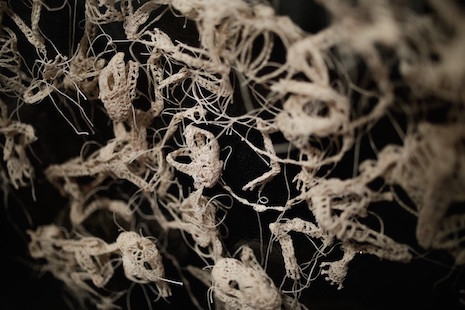
You know about the idea of the “memento mori,” right? Memento mori is Latin for “reminder of death” (as well as the title of a peculiar novel by Muriel Spark). The practice of tangible reminders of one’s own impending death dates back to ancient Rome, but it has been common throughout Europe from medieval times up through the present day. In the 16th century, Mary Queen of Scots, for instance, owned a large watch carved in the form of a silver skull that was adorned with some poetry by Horace.
In olden times, memento mori often took the form of human skulls intended to be displayed on one’s desk, as a constant reminder of the fact that “a certain convocation of politic worms” (Hamlet, Act 4, scene iii) will be munching at your very corpse one day or other.
For a contemporary instance of the memento mori, you can’t do much better than the recent work by artist Caitlin T. McCormack. For some years now, McCormack has been fashioning fascinating animal skeletons by crocheting cotton string that has been fortified with glue.
As she writes on her website,
The act of stiffening intricately crocheted cotton string with glue produces material that is structurally similar to delicate bone tissue. The string implemented in this process can be viewed as the basic cellular unit of fabrication, and by utilizing media and practices inherited from my deceased relatives, I aim to generate emblems of my diminishing bloodline, embodied by each organism’s skeletal remains.
The reference to her “deceased relatives” serves as kind a dog whistle to her death-obsessed devotees in the audience.
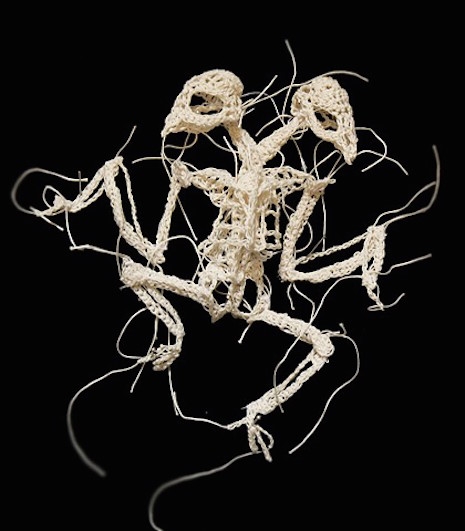


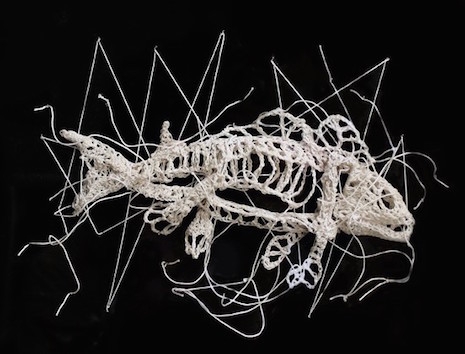
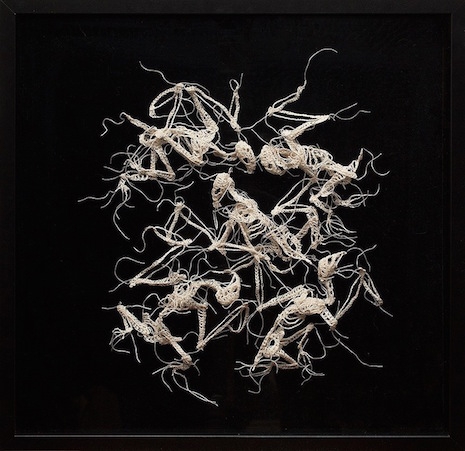

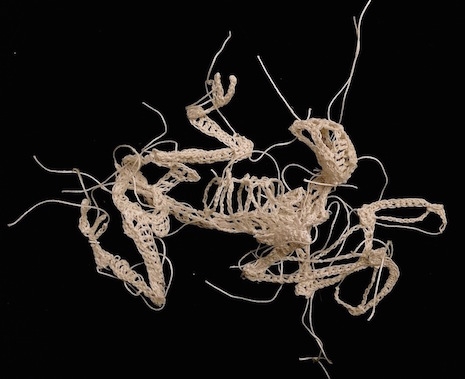
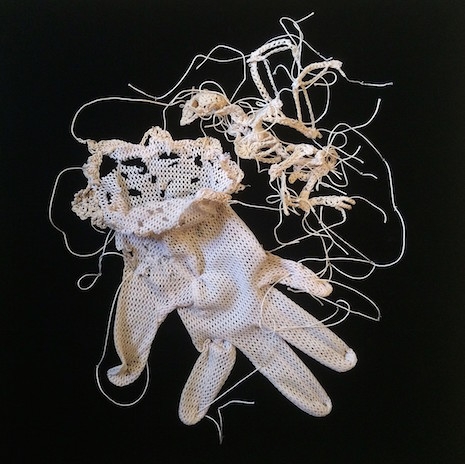
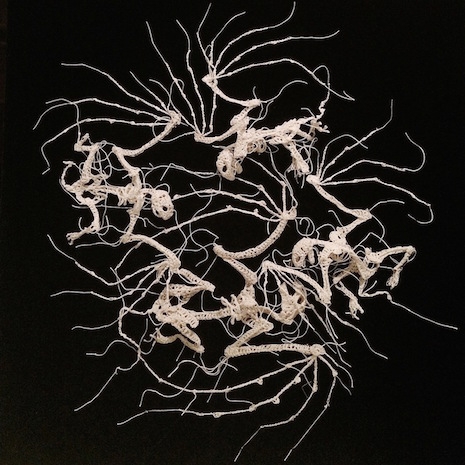
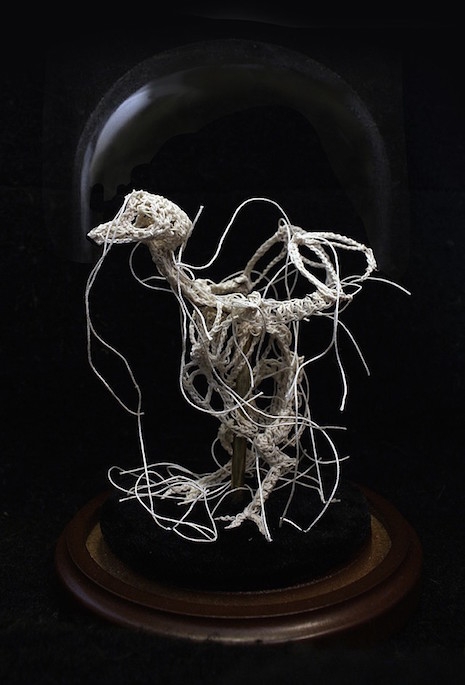

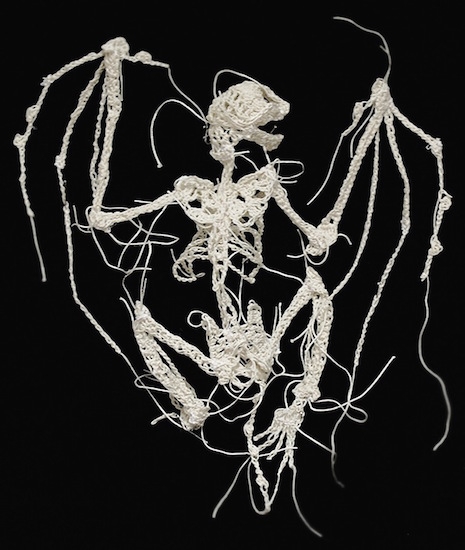
There are many more examples on McCormack’s website.